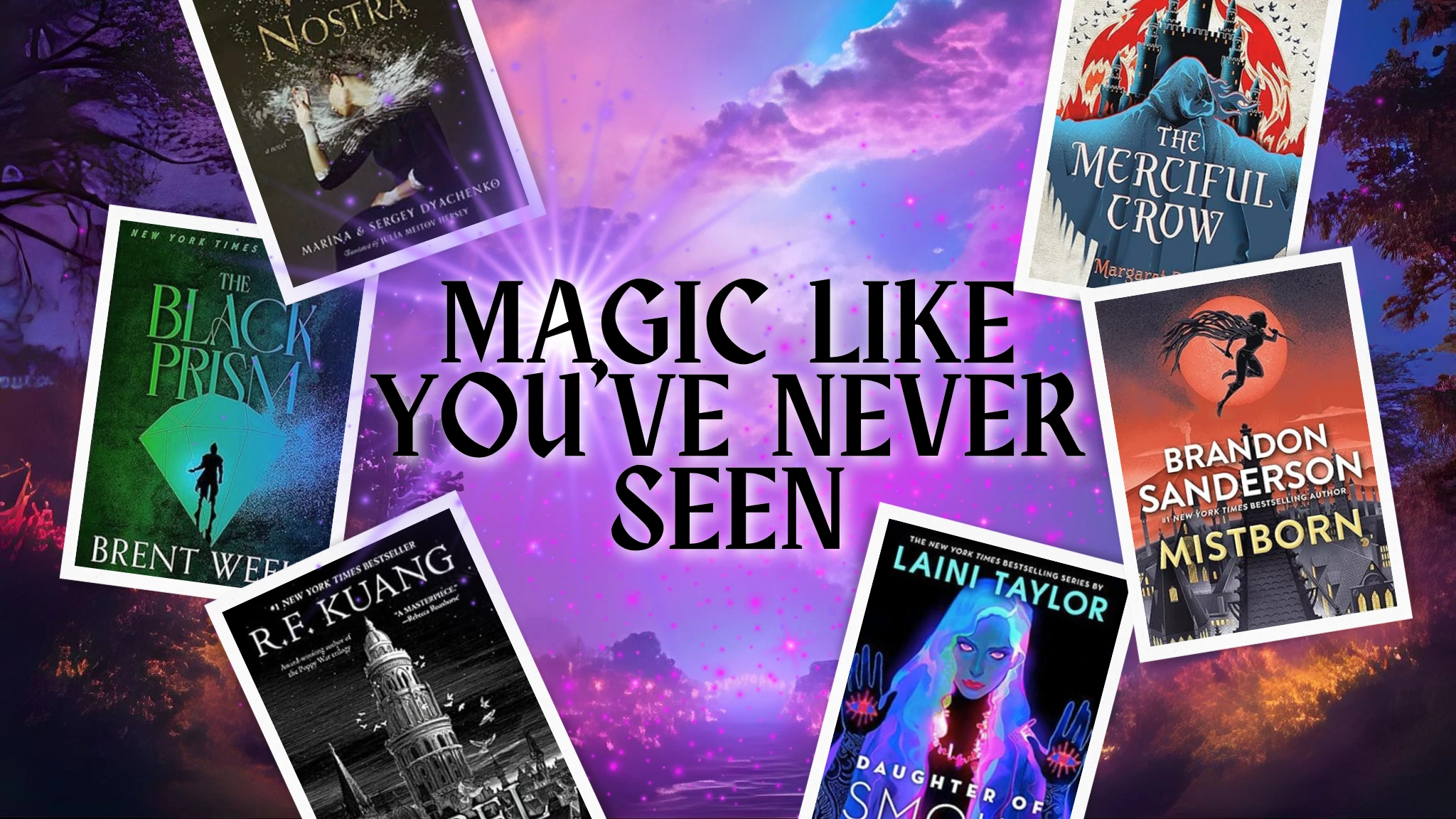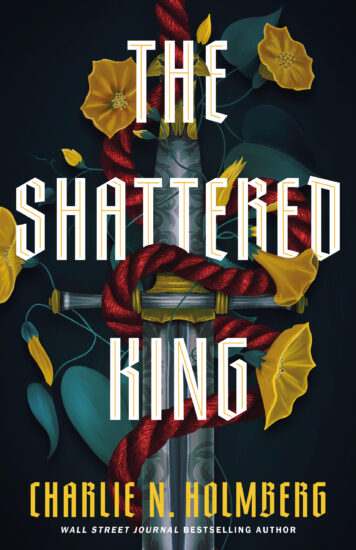Nothing gets me more excited to read (or to write) than a unique, thought-provoking magic system. Magic is the granule that started the fantasy genre, in my opinion, and it’s the reason I picked up my first speculative novel — to be able to experience something new and different; something I couldn’t find in the real world.
I’ve been around the library a few times, so today I wanted to share with you some of the most extraordinary magic systems I’ve come across. Hopefully, you’ll find your next magical read from this list!
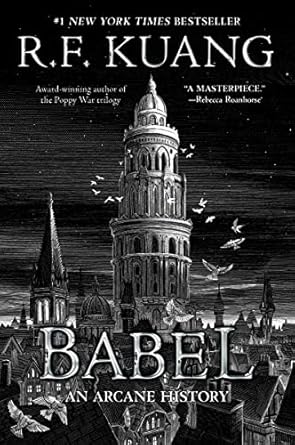
Babel, or the Necessity of Violence by R.F. Kuang
Language magic isn’t anything new. Until you get it into the hands of R.F. Kuang, apparently.
Where does one even start? There’s lots of silver, but it isn’t about the silver, it’s about the words. But it isn’t about the words, it’s about the translation of words. But it isn’t even about the translation — it’s about the deep understanding of linguistics and the history of language.
The magic in Babel comes from using words from two different languages that are somewhat similar to one another without being equal, and in the space of translation between those two words comes magic.
I’ve had the experience of having one of my books translated into another language, only to have the translator reach out to me to re-examine certain words or phrases, because the ones I’ve used in English don’t directly translate over to the new language. Magic resides in the meaning or intent that’s lost from translating one language to another. And Kuang makes it so much more.
It’s mind-blowing, and I wish I were smart enough to have come up with it myself.
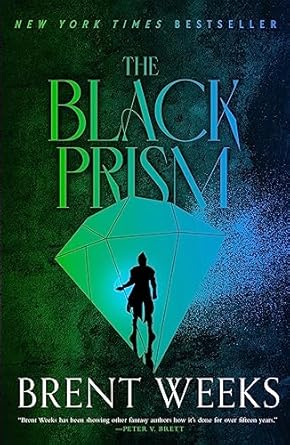
The Lightbringer Series by Brent Weeks
We’ve all seen magic based on color, or simply inspired by it. But have you read about a magic system that turns wavelengths of light into physical building blocks? Because Brent Weeks’s Lightbringer series does just that.
Different light makes different “luxins,” which can then be used to construct whatever the mind can conjure. Red? Gooey stuff like glue. Blue? Chalky and solid. Superviolet? Like spidersilk, and nearly invisible.
It’s utterly fascinating to see not only how this magic system is used, but the limitations that come with it. And the PRISON. You have to read it for the prison alone.
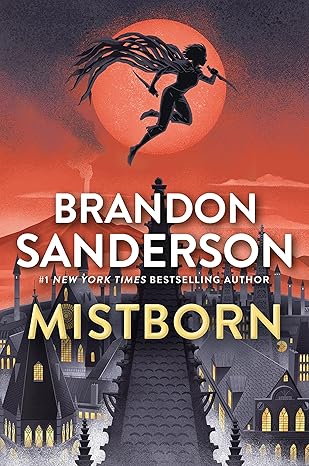
The Mistborn Series by Brandon Sanderson
This is perhaps my favorite magic system of all time, and it might be yours, too. The Mistborn series by Brandon Sanderson takes the concept of metal = magic and serves it three different ways. You can eat metal for magic, wear metal for magic, or pierce yourself with metal for magic (granted, you have to pierce it through someone else first. It gets delightfully macabre).
But it’s not as easy as that. Not everyone can use the magic, and those who can might only have access to a sliver of it. Mistborns, the metal-eaters, have full access to the metal-eating magic. But of course, they have to eat the right type of metal, and then physics always comes into play.
The best part of the magic system in the Mistborn series is that when Sanderson decided to continue the story three-hundred years later, he found creative ways to mix his existing metal magic into something new and exciting. It’s so precise, you’ll think it’s science.
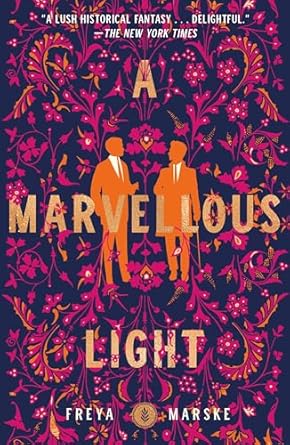
A Marvellous Light by Freya Marsk
Remember before the time of computers when we used to entertain ourselves with a piece of yarn and the game cat’s cradle/scratch-cradle?
Yeah, Freya Marske turned that into a magic system.
For those of you who haven’t played scratch-cradle, it’s essentially a pattern of looping yarn around your hands and passing it back and forth by pinching where it crosses and turning it inside out. Sound confusing? Go look it up on YouTube. Or read this book.
In A Marvelous Light, magic is done with the hand movements of the game. Different movements and patterns create different spells. And there’s a broad array of spells one can do, with limitations to the amount of magic a caster has. It’s really quite fascinating.
And cats can see the dead, but we already knew that, yeah?
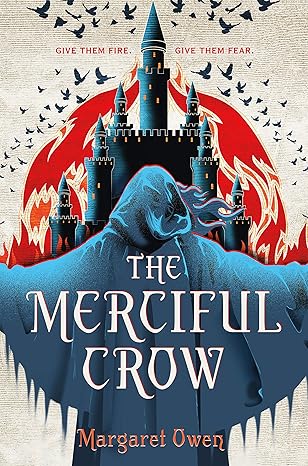
The Merciful Crow by Margaret Owen
The next two deal with teeth, which automatically makes them interesting.
In Margaret Owen’s The Merciful Crow, magic is a birthright. What class you’re born into decides that birthright. There are many classes (all with bird names) that fit into five castes. To get a sample, the Phoenix class has fire, the hawk class has healing, and the Pigeon class has luck.
Drop all the way down to the lowest class, the Crows. The poor Crows don’t really have magic, but they have two jokers to play. The first, they’re immune to the plague ransacking the countryside. This immunity means they can carry out the funeral rights for the deceased. But they don’t just do it out of the goodness of their hearts.
Which brings us to the second. In this novel, “witches” are magic users who have a little extra oomph compared to their colleagues. A crow witch can harvest the teeth from corpses and use them to cast the magic that person possessed in life. Phoenix funeral? Excellent, the crow witch can now pocket some fireballs.
Mixed with the worldbuilding, this classist and slightly macabre magic system is definitely worth the read.
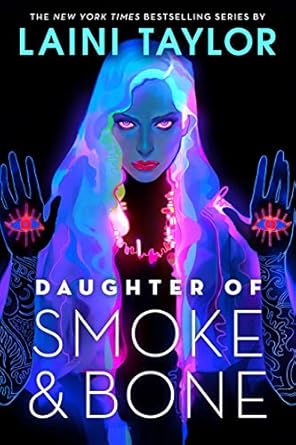
Daughter of Smoke and Bone by Laini Taylor
Imagine you have a bunch of cool-looking people with all sorts of animal attributes. Chimaera.
Now imagine one dies.
No worries, you have a magic jar you can put their soul in. As a resurrectionist, you can literally can your friends for the winter, so to speak. Or until you make them a new body.
How do you make them a new body? Teeth. Teeth and pain. Collect the teeth, string them together, and (painfully) create a new body for your canned soul.
This is not the only form of magic in this book, but in my opinion, it’s the coolest. Though, admittedly, magic aside, Daughter of Smoke and Bone is very much a recommended read.
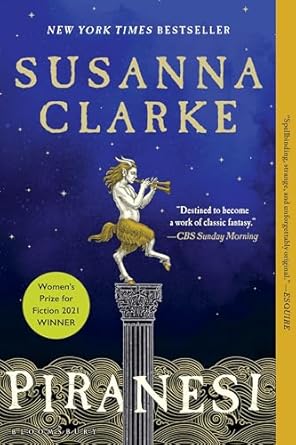
Piranesi by Susanna Clarke
If you’re someone who wants to read something different, then this book is for you.
The magic and the worldbuilding of Piranesi are intricately connected, and I’ll try my best to explain it without spoiling the novel. There is a house. The house is not a normal house. It’s a labyrinth. But it’s not a normal labyrinth, either. The bottom floor is the sea and the top floor is the sky and the middle is full of statues. But how did the statues get there? Why does Piranesi live there? It’s all magic — magic that is so rare and complex that barely anyone has been able to master it. To step through, so to speak.
I literally get chills just writing this. And I can’t tell you anything more — you’ll just have to read and discover it for yourself.
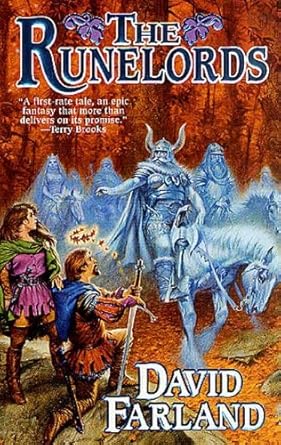
The Runelords Series by David Farland
This series was my introduction into hard magic systems, and I hadn’t even read the books yet.
My friends were in a big online writing RPG inspired by the Runelords series. They told me how the magic worked so I could play. I loved the idea — that Person A could permanently take an attribute from Person B and leave Person B without. So a man could take a rune of strength from his brother, making himself twice as strong and leaving his brother pathetically weak. But should his brother perish, that strength would be forever lost. It wasn’t just people, either — folk would bulk up their horses with strength, speed, endurance, and even grace, and then keep a stable full of “dedicates” that were pampered day in and day out to ensure as comfortable a life as possible.
So what happens when someone has hundreds, if not thousands, of dedicates super-powering him?
(I did eventually read the books. You should, too.)
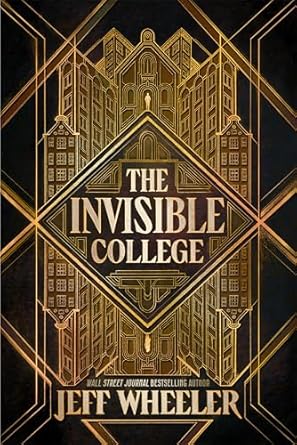
The Invisible College by Jeff Wheeler
Imagine you have a carriage. You would like this carriage to propel forward, but you don’t want to keep a horse. They’re expensive and finnicky. So instead, you just kindly ask the essence of that horse to inhabit the carriage so the carriage can move forward.
But of course you would.
These essences are called Unseen Powers, and sorcerers go into rigorous study to learn how to harness and utilize them. It’s kind of an alchemy of souls. The catch? In order to use sorcery, you need to be able to hear its music. And the powerful folk who first gave magic to humans regret that choice, so they send out plagues to take away humans’ ability to hear (and often their lives).
The way the magic is used, and the society this magic war has created, is really interesting, and yes, it’s even deeper than you might initially think.
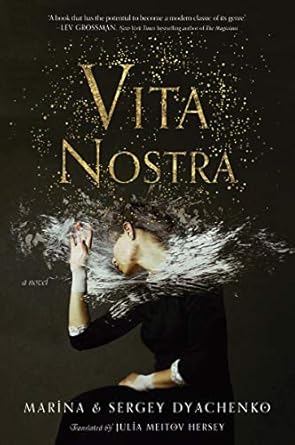
Vita Nostra by Maryna and Sergey Dyachenko
Remember the first time you saw Studio Ghibli’s Spirited Away, and you were trying to explain it to a friend?
“It’s weird. But it’s good! But also it’s weird. But … it’s so good. But it’s really weird. But really, you should watch it.”
This was my experience with Vita Nostra by Maryna and Sergey Dyachenko. Otherwise known as “Harry Potter on LSD.”
These authors have such a unique, high-brow, and twisted take on magic (and magical academia) that I couldn’t spoil it for you if I tried to. It’s incredibly bizarre and yet makes total sense. Metaphysical, psychological … spiritual? It literally starts with a sixteen-year-old girl turning real stress into perceived dreams, and then doing bizarre challenges so she can vomit up gold coins that will pay her tuition into Morbid Transcendent Hogwarts. And I’m literally only scratching the surface.
Just … read it. Trust me.
For more unique magic systems, be sure to check out my new dark romantasy, The Shattered King, in which a captive healer and a mysterious prince are drawn to each other in the midst of war and magic in a beguiling fantasy world.
